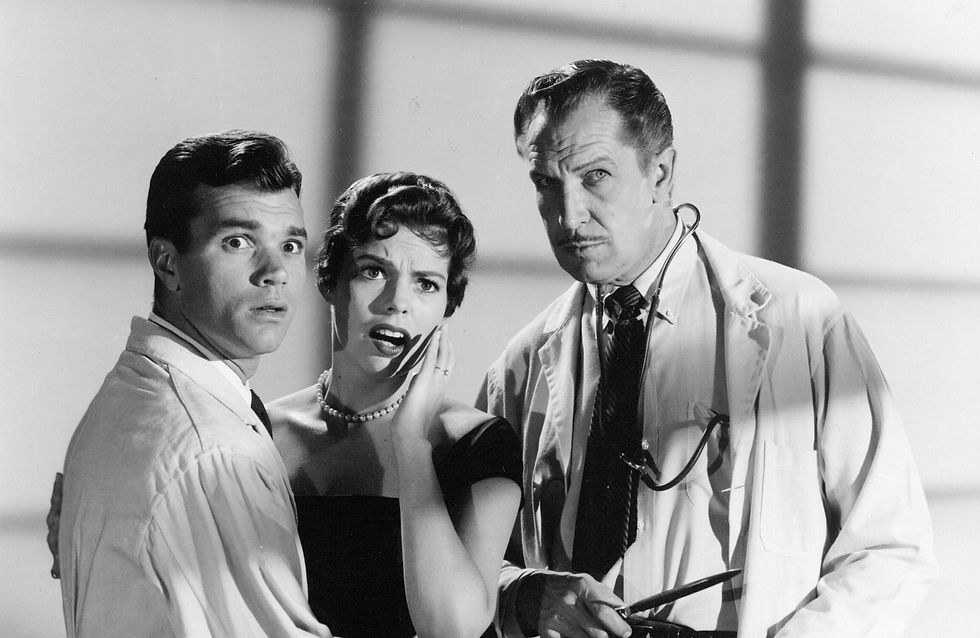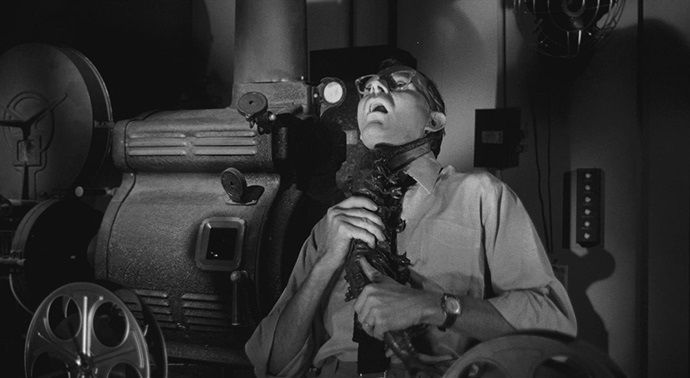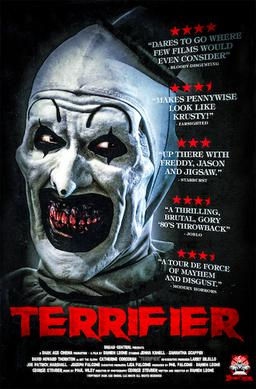The Tingler (1959) review
- Jeremy Kelly
- Oct 8, 2021
- 4 min read
8. The Tingler (1959)
Directed by: William Castle
Produced by: William Castle
Screenplay by: Robb White
Starring: Vincent Price, Judith Evelyn, Darryl Hickman, Patricia Cutts, Philip Coolidge

Few filmmakers in history have gone to such bizarre lengths or resorted to such wild publicity stunts as William Castle. This is a guy who once impressed Béla Lugosi enough to recommend hiring him as an assistant stage manager for his “Dracula” play…at the age of 15. He persuaded Orson Welles to lease him a theater in Connecticut; he marketed a play he wrote in two days by using an invitation from Nazi Germany to actress Ellen Schwanneke to have her billed as the “the girl who said no to Hitler,” and secretly vandalized the theater with swastikas. The gimmicks only grew when Castle turned to making movies; “Macabre” and “House on Haunted Hill” saw him giving audience members life insurance policies in case they died of fright, and rigging a plastic skeleton to fly through the theater. But perhaps his most famous trick happened with his next film, “The Tingler,” an erratic but unique tale about what happens when we experience fleets of terror.
Vincent Price plays Dr. Warren Chapin, a pathologist who’s puzzled over the autopsy reports of recently executed convicts. As he experiments with LSD—which was still legal back then—he and his associate Dave (Darryl Hickman) make a strange discovery; apparently, the spine-tingling sensation people get when they’re scared is actually a centipede-like creature he and Dave call the Tingler. It’s a parasite attached to the human spine, and it grows larger when the host is afraid, potentially enough to kill them; however, it’s weakened when the host screams. Incidentally, Chapin meets silent movie theater owner Ollie (Philip Coolidge), whose wife Martha (Judith Evelyn), is deaf and mute. She becomes an unfortunate subject in this experiment, as Chapin’s ambition—as well as his neglected, unfaithful wife Isabel (Patricia Cutts)—cause dangerous complications while they try to study the Tingler.

One thing I like is that none of the main characters are innocent; everybody is at least somewhat unscrupulous. Much like in “House on Haunted Hill,” Price’s character is in a bad marriage where both spouses participate in almost gleefully underhanded jabbing at each other; not enough is done with Warren and Isabel’s relationship, but there is this humorously twisted chemistry between Price and Patricia Cutts. There’s also a rather unnecessary subplot with Isabel’s younger sister Lucy (Pamela Lincoln), who’s dating Dave, and Isabel is selfishly keeping hold of her inheritance; she and this storyline could’ve been cut, and not much would’ve been lost. Pamela Lincoln and Philip Coolidge are a sweet pairing—the two of them were actually engaged at the time—but they’re mostly forgettable.
The Tingler itself—designed by make-up artist Jack Dusick—looks pretty neat, if simple and cheesy, and I mostly just like the concept, especially regarding someone like Martha who can’t make a sound. Imagine having all these feelings inside of you—not just fear, but anything—and no audible way to release them for whatever reason; there’s some real commentary that could be made about how it mentally and physically affects a person. However, it’s only a small development in the grand scheme of things, although it does result in this really trippy scene, the only color sequence in this otherwise black-and-white film; Martha watches a sink filled with bright-red blood, and then a bloody hand rising from a bathtub. It’s a really cool highlight, something I think the movie could’ve used more of; it’s a bit dull and awkward in some spots, and there are seemingly supernatural occurrences that just feel random.

But hey, you want to know what Castle’s gimmick was, right? Well, the film actually opens with Castle himself giving an on-screen warning to the viewers, advising them of “a strange, tingling sensation” that can be relieved by screaming; that pays off in the climax when the Tingler escapes into Ollie’s theater. When screening the film, Castle attached buzzers to the underside of some of the seats, which would activate during this scene; Price’s voice would warn the audiences that the Tingler was loose, and to “scream for your lives!” Not only that, but sometimes the house lights came on, a woman would scream and pretend to faint, and then get carried away by fake nurses on a stretcher to an ambulance. I think modern logistics of common movie theaters make this impossible to happen today, but I can imagine it must have been an incredible time back in the day; this was when going out to a movie must have been one of the most fun things in the world.
I don’t want to say the gimmicks overshadow the rest of the movie, but there isn’t too much to say aside from them; I mainly wanted to acknowledge the impact that “The Tingler” had as a piece of late 1950s pop culture. As much as I hate to say it, this is a story that could do with a remake; not so much the gimmicks, but the psychological route. Take the concept of an inability to release your reaction to fear, and really go somewhere with it. Here it just kind of gets muddled with domestic affairs that ultimately fizzle out. But as a whole, the movie is entertaining, sometimes due to its own particular corniness, and sometimes due to the script having traces of wit in there. Castle would break out with more gimmicks in future films—my personal favorite might be Coward’s Corner, a cardboard booth a viewer would pass through if they left the theater out of fear—cementing his place as a truly innovative and creative mind in cinema, overall quality be damned.
My rating: 7/10





Comments